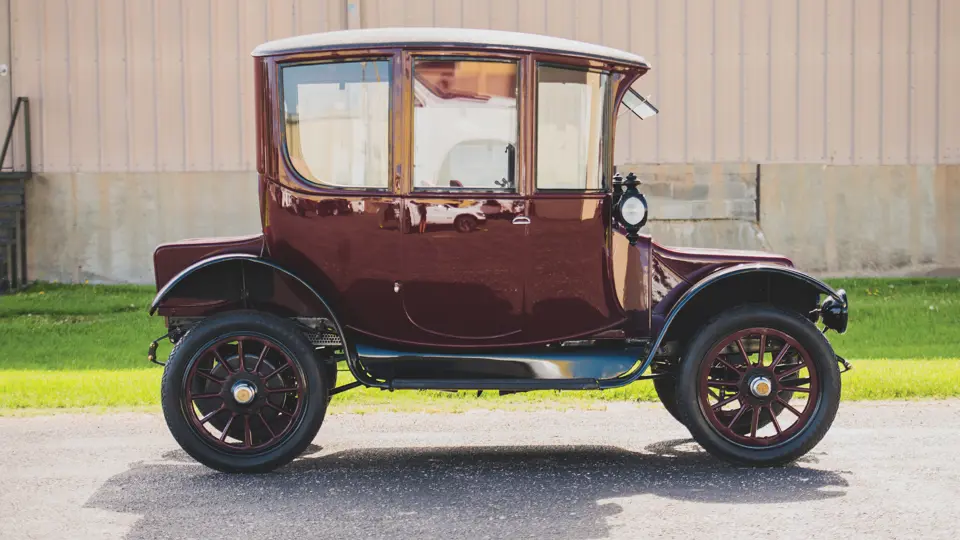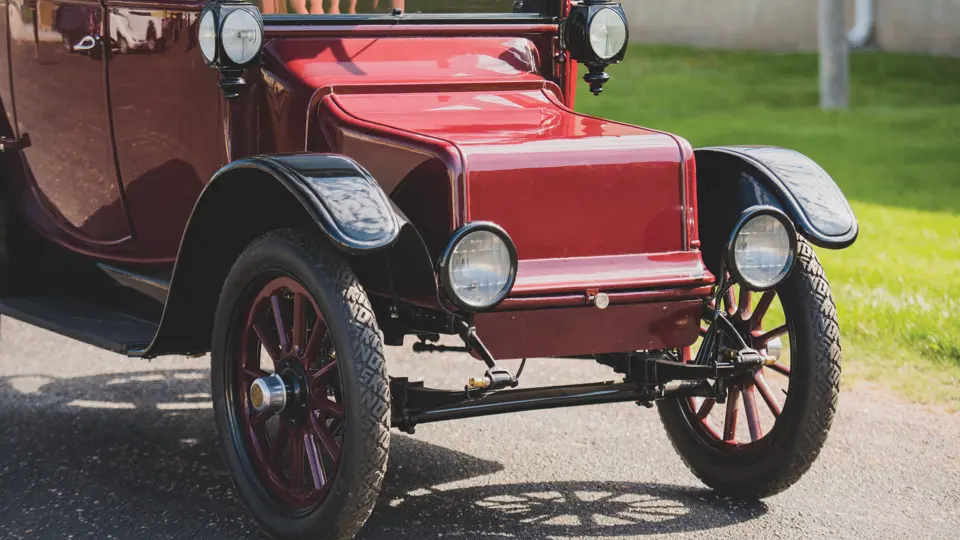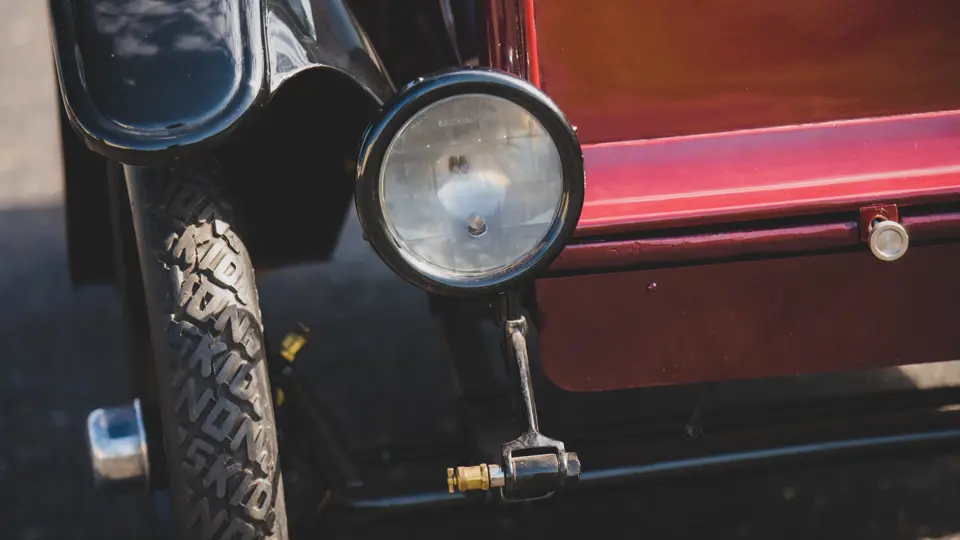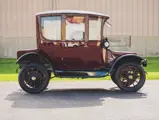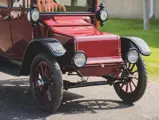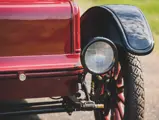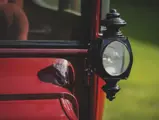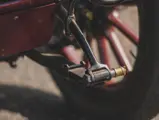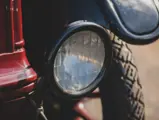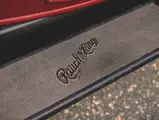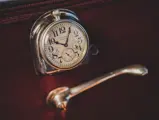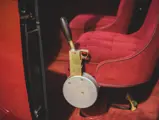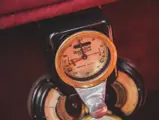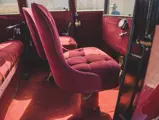Jacob Rauch and Charles Lang were Cleveland carriage builders, setting up in business in 1884. In 1903 they took a franchise for the Buffalo Electric automobile. Two years later they set out with an electric car of their own, an open Stanhope that was soon joined by coupes and depot wagons. By 1908 they were turning out 500 cars a year but could have sold more. In 1915, however, when electric car sales began to wane, they merged with the Baker Motor Vehicle Company, the neighboring maker of the Baker Electric, to form Baker R&L Company. From 1917 all cars were sold under the Rauch & Lang name.
Although retaining a good share of the electric vehicle market, Baker R&L diversified into jobbing for other automakers, including building the Owen Magnetic car for Raymond and Ralph Owen from 1916 to 1919 and opening a coachwork division that supplied bodies to Peerless, Stearns, Ruxton, and Stanley.
A Dual Control car, this Rauch & Lang can be operated from the left side of either the rear seat or the front. There are controls in both locations, as well as two steering tillers that fold up out of the way when not in use. The interior has been newly upholstered in burgundy edge-trimmed cloth with pleated, buttoned seats. Instrumentation includes an ampere-hour meter in addition to the usual ammeter and voltmeter, as well as a Warner Auto Meter speedometer. A stem-wind Waltham eight-day watch is mounted on the front bulkhead. The body is painted to match the interior, complementing the black fenders. Lighting is electric throughout.
Originally owned by H.S. Smith, this car was donated to the Lookout Mountain Museum in Golden, Colorado, in the late 1920s. Noel A. William purchased it when the museum closed in 1966. It was acquired by the Merrick Auto Museum in 2004.
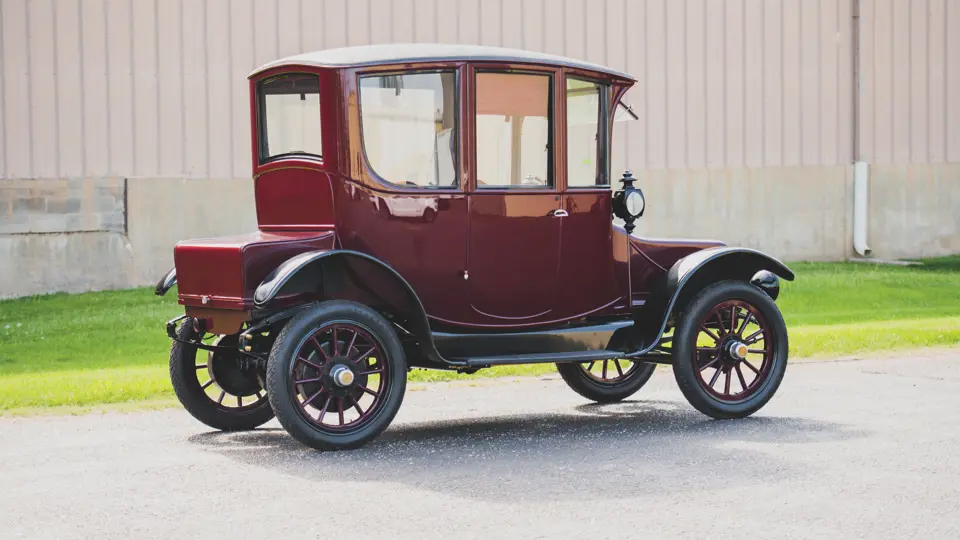



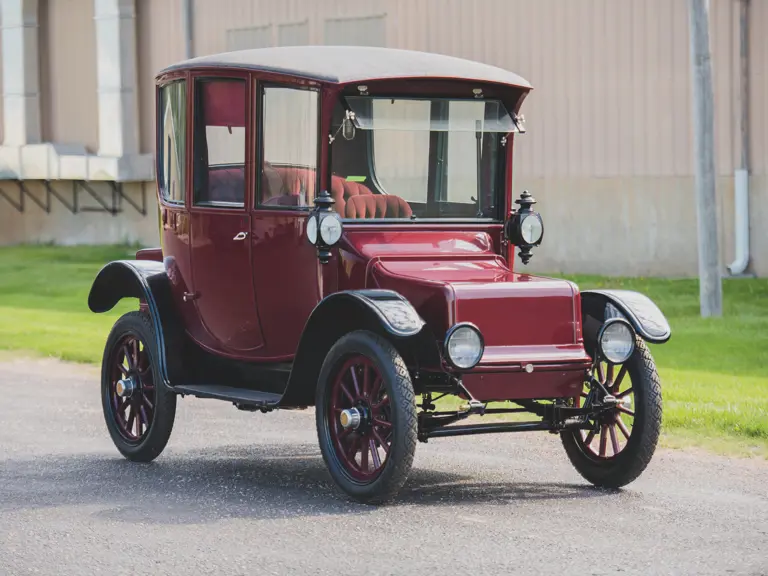
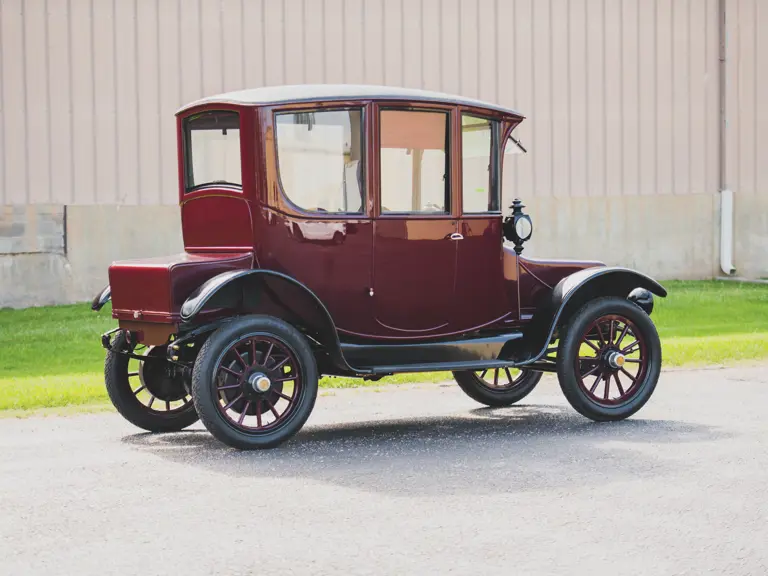


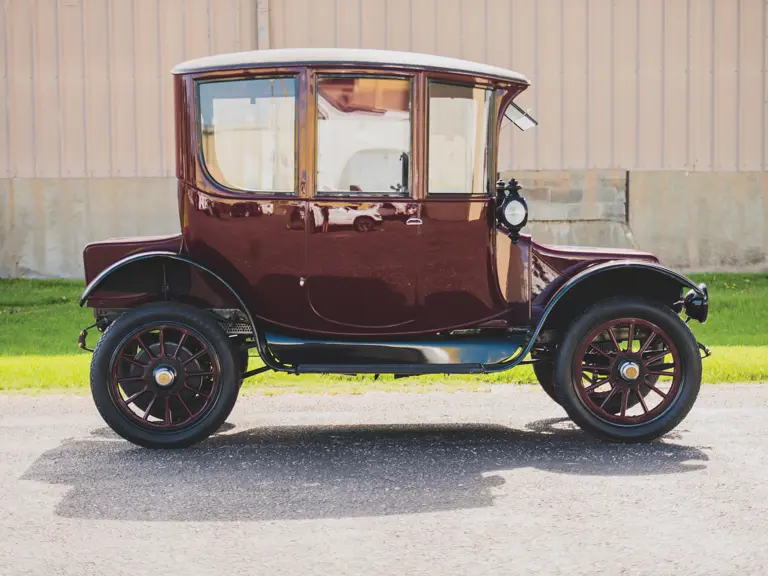

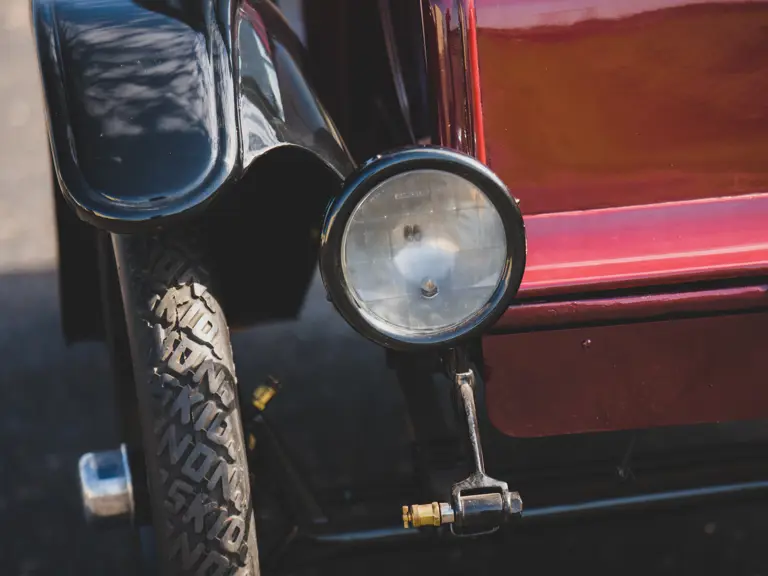
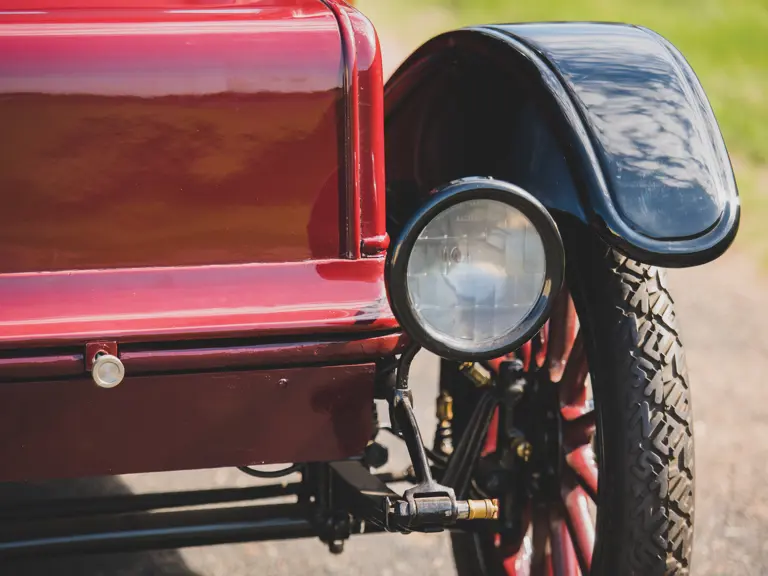
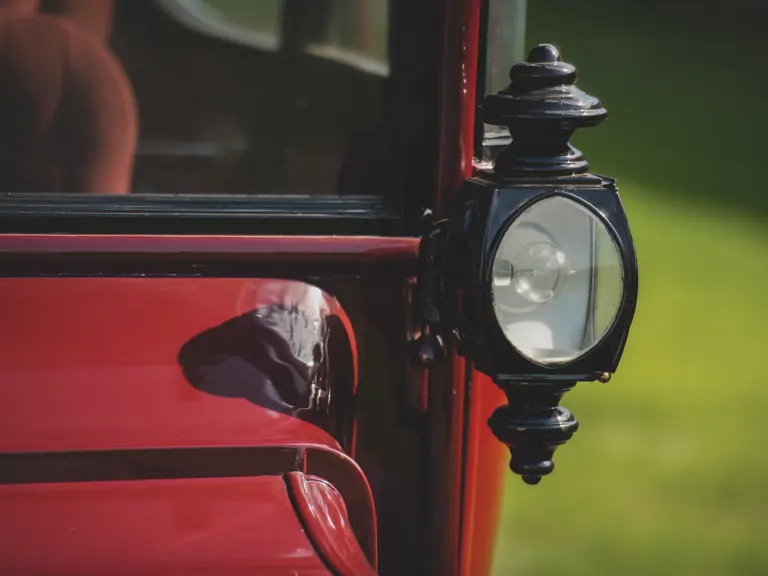
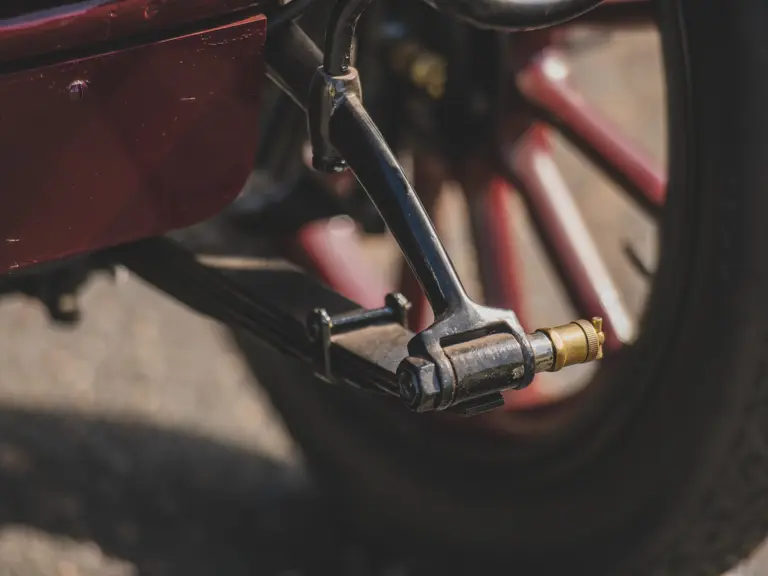

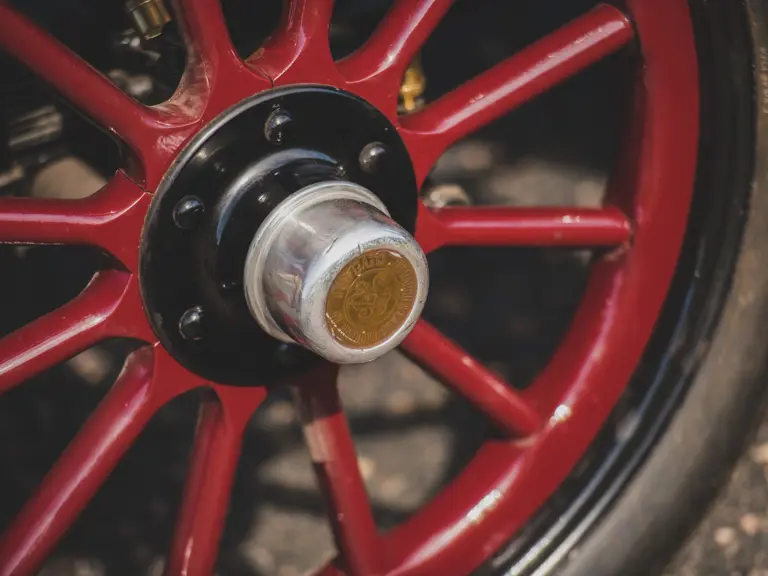
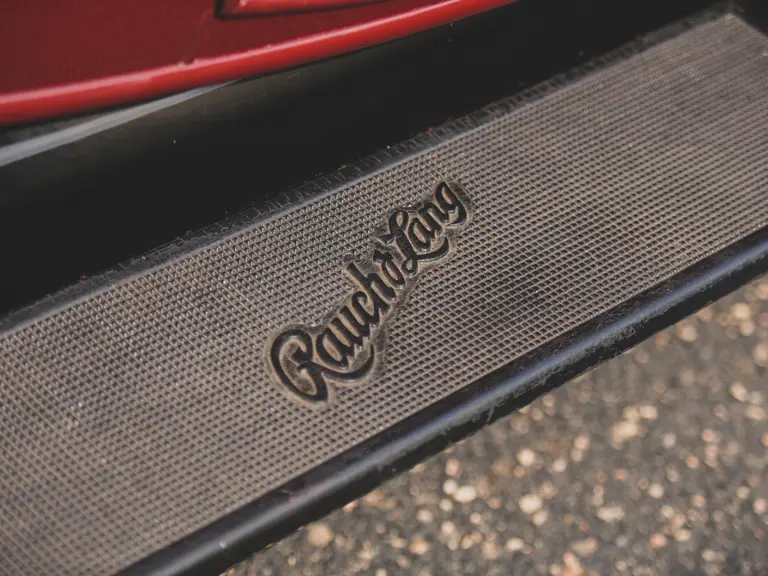
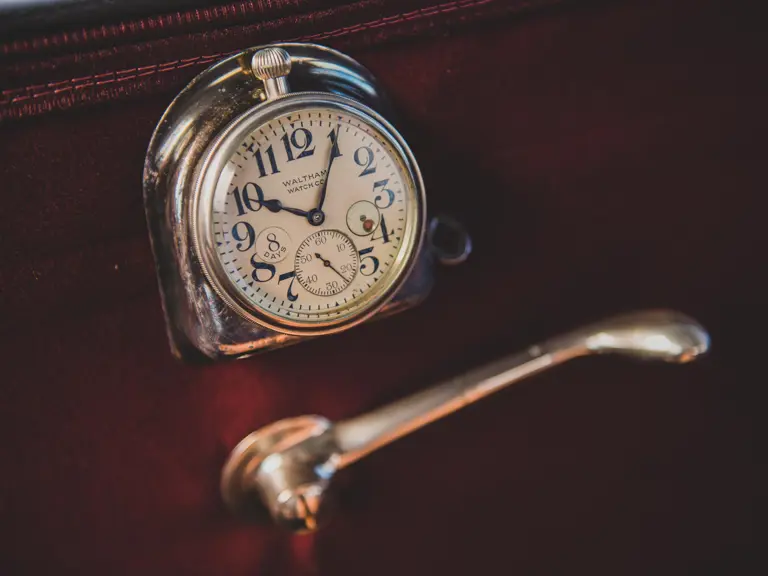
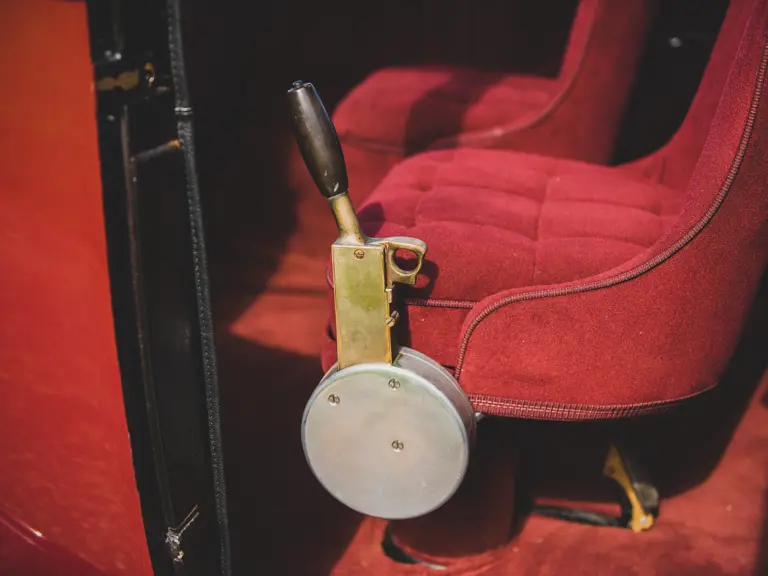

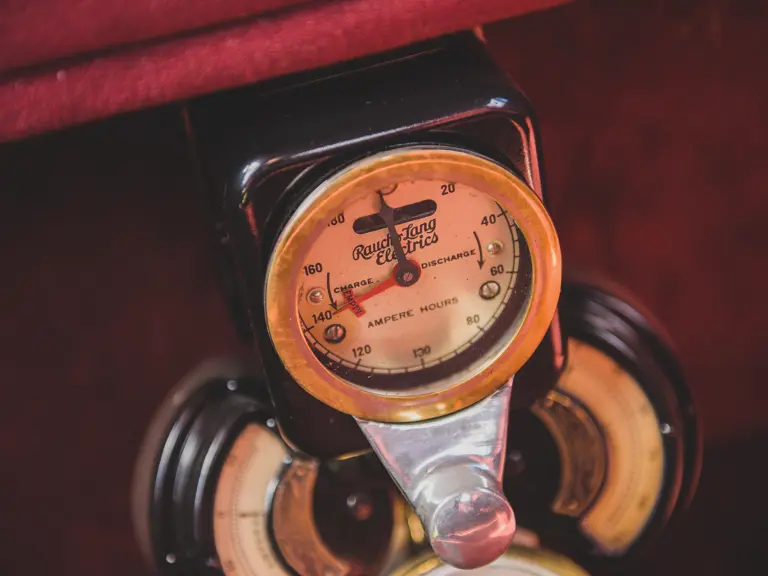
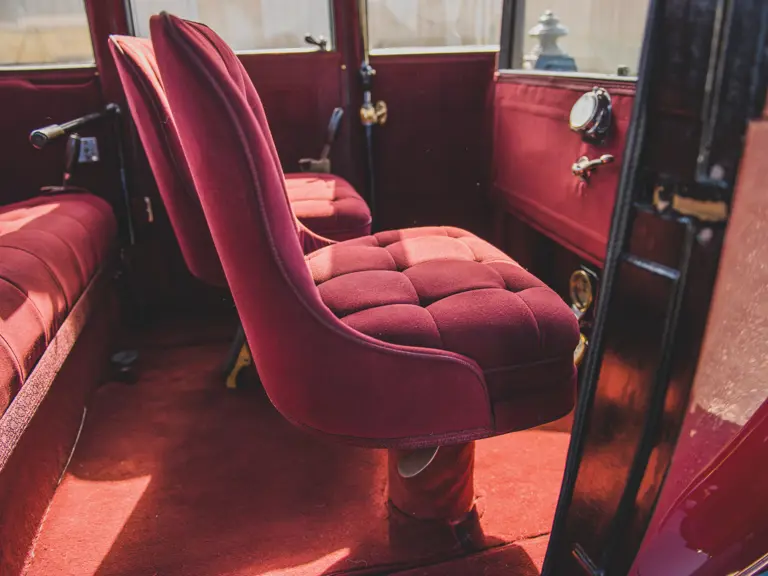
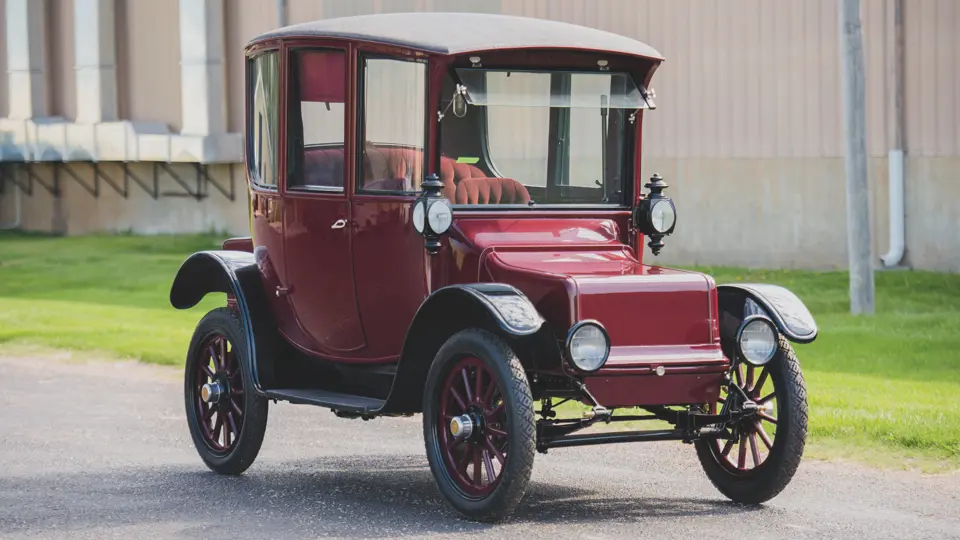
 | Hershey, Pennsylvania
| Hershey, Pennsylvania
